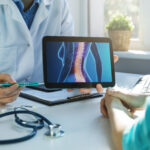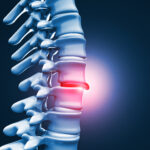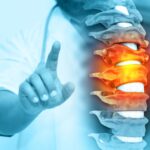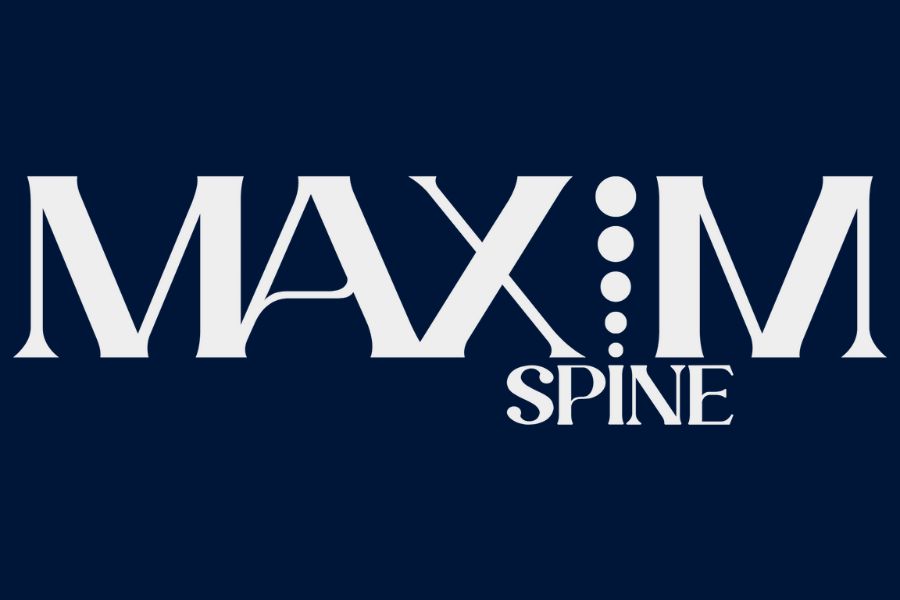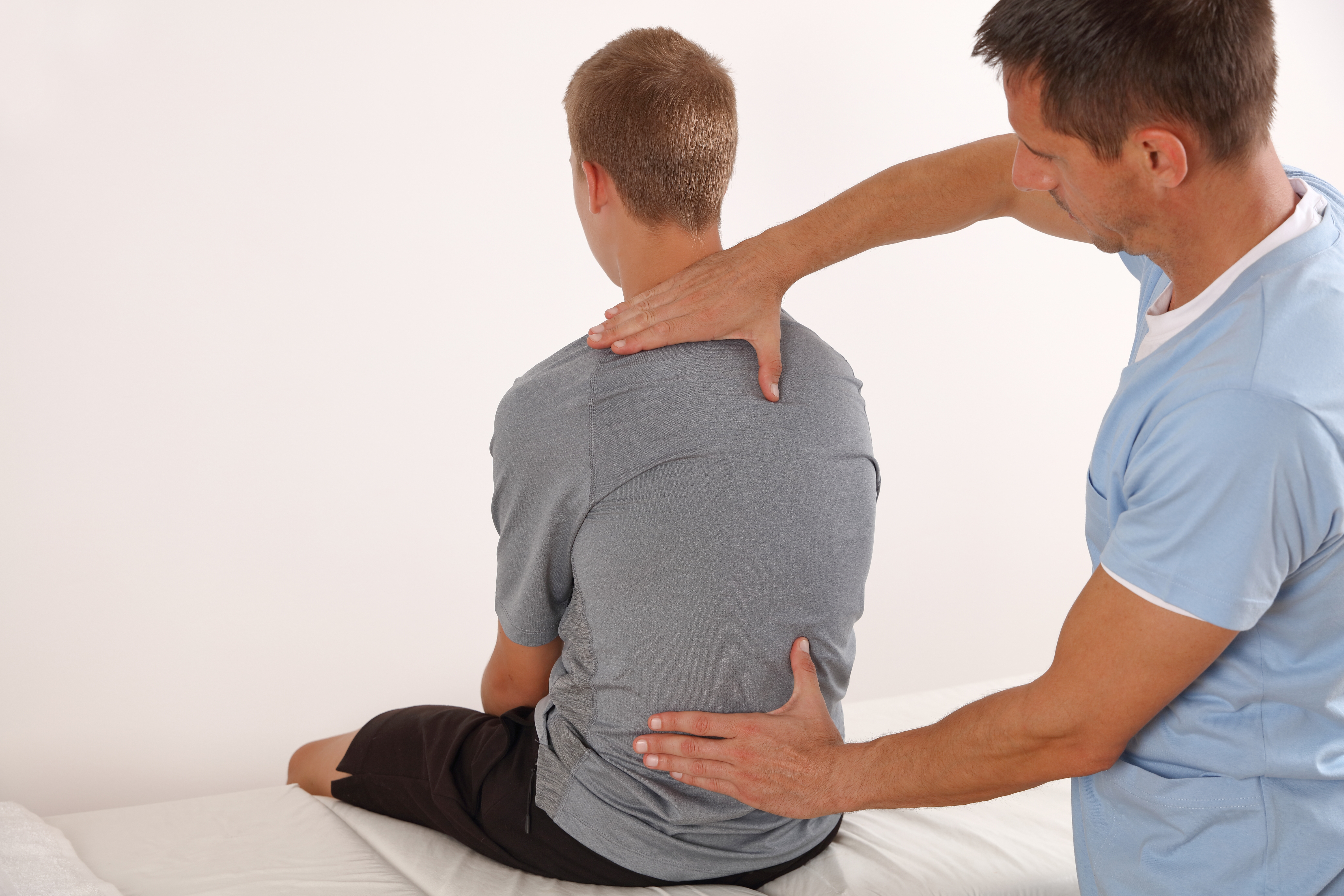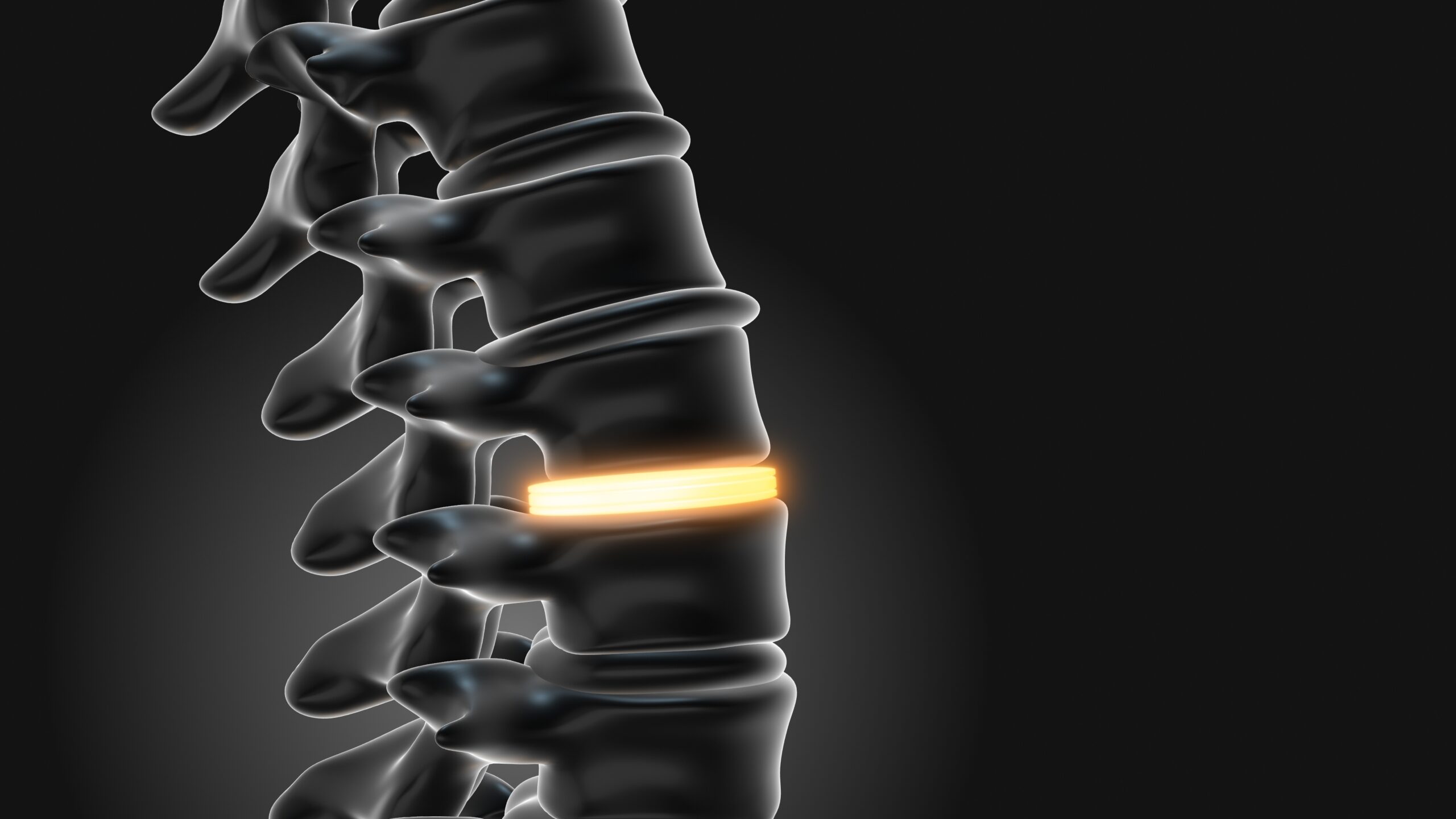
Breakthroughs in Motion Preservation Surgery for Your Spine
Motion preservation surgery is a relatively new approach to spinal treatment that focuses on tailoring solutions to your back’s specific needs. This shift away from traditional fusion surgery is driven by advancements in technology, increased patient empowerment, and a growing demand for better outcomes.
The Total Posterior Spine System, or TOPS System, is a revolutionary motion preservation device that offers a unique solution by replacing damaged anatomical structures while preserving normal spinal motion. This alternative to traditional fusion surgery is especially beneficial for patients with lumbar Spinal Stenosis and degenerative Spondylolisthesis.
Adjacent Segment Disease, or ASD, strikes patients when the segments adjacent to the fusion experience heavy wear-and-tear from the altered biomechanics of your spine. ASD is a potential complication following spinal fusion surgery. Spinal segments located above or below the fused area can deteriorate.
Motion preservation surgery, which replaces or repairs damaged discs with flexible implants, offers a compelling alternative to fusion surgery. This approach aims to strike a balance between stability and mobility, addressing spinal issues while minimizing the limitations associated with fusion.
While motion preservation surgery offers promising benefits, its suitability depends on individual patient needs. Your surgeon will carefully consider factors like spinal pathology and potential long-term benefits before recommending this approach. Each patient’s instability problem demands a specific treatment to achieve optimal results.
Fortunately, the TOPS System is less invasive and eliminates interbody surgical complexities. For some patients, it is clinically superior to lumbar fusion, having better outcomes. We’ve arrived at this time in spinal technology as the spine surgery market continues evolving, driven by a desire for innovative solutions.
With years of research behind it, motion preservation surgery holds great promise for the future of spinal health management. It can be leveraged for a variety of degenerative and special disc conditions.
Motion Preservation Surgery for Degenerative Discs and Spinal Stenosis
Motion preservation surgery can help those suffering from Degenerative Disc Disease, a condition impacting your spinal discs. This natural condition can cause severe discomfort and pain.
Degenerative Disc Disease occurs when your spinal discs break down from natural decay.
- Your discs can lose fluid and become less flexible, as well as shrink and reduce the space between vertebrae. Small tears can form in the outer layer of your discs, and in some cases, the disc may bulge or herniate.
- Aging is the primary risk factor. However, injuries, repetitive stress on your spine, obesity, smoking, genetics, and physically demanding jobs can also play a role.
- Degenerative Disc Disease symptoms vary widely. Common signs include lower back or neck pain, pain radiating to the buttocks, thighs, or arms, pain that worsens with certain movements or positions, numbness or tingling in your extremities, and muscle weakness.
“Degenerative spine pathology is common, and that prevalence increases with age and obesity,” states Nature. “Degenerative spine pathologies may not be diagnosed prior to medical imaging studies. The first medical evaluation to identify a degenerative spine disorder may come after a traumatic event.”
Motion preservation techniques can also be instrumental in aiding individuals suffering from Spinal Stenosis. This is when spaces in your spine start to narrow, leading to pressure on the spinal cord and nerves.
- Several factors can contribute to Spinal Stenosis, with aging and related changes being the most common cause.
- Other factors include herniated discs, thickening of ligaments, bone spurs, injuries, tumors, and inherited conditions.
- Symptoms vary based on location and severity. They can include lower back or neck pain, numbness, tingling, and weakness in the arms or legs. They can also include difficulty walking or standing, as well as burning pain radiating down the buttocks and legs.
Preservation Treatment for Arthritis, Spondylolisthesis, Scoliosis and Kyphosis
While Arthritis, Spondylolisthesis, Scoliosis and Kyphosis can exhibit overlapping symptoms or coexist, sometimes a spinal doctor will recommend motion preservation surgery.
- Arthritis: Arthritis, broadly encompassing joint inflammation, can come from natural deterioration, autoimmune reactions, infections, crystal deposits, genetics, and injuries. Joint pain, stiffness, swelling, redness, warmth, decreased range of motion, and fatigue are all symptoms.
- Spondylolisthesis: Spondylolisthesis, where one vertebra slips forward over another, is caused by congenital defects, degenerative changes, trauma, or repetitive activities. It’s usually associated with lower back pain, leg pain or numbness, difficulty walking or standing, tight hamstrings, and changes in posture or gait.
- Scoliosis: While Scoliosis is an abnormal sideways spinal curvature and can arise from unknown causes, it can also be congenital, neuromuscular, or genetic. It leads to uneven shoulders, waist, hips, or one shoulder blade being more prominent than the other. It can also cause cage asymmetry, as well as back pain or even breathing difficulty in severe cases.
- Kyphosis: Kyphosis, an excessive outward spinal curve, usually comes from poor posture, spinal abnormalities, Osteoporosis, injuries, infections, or neuromuscular disorders. It results in a rounded upper back, pain, stiffness, fatigue, difficulty standing straight, and sometimes tight hamstrings.
Note that these conditions can share similar symptoms or even occur together, making a thorough medical evaluation essential for proper diagnosis.
Compression Fractures, Sciatica, and Motion Preservation Surgery
Motion preservation surgery can also be used on compression fractures, which are breaks or cracks in your vertebrae that cause them to collapse or become compressed.
The leading cause of compression fractures is Osteoporosis. Other causes include trauma, injury, or tumors that affect bone strength.
- Compression fractures can cause sudden back pain, pain that worsens with movement, loss of height, a hunched posture, and difficulty bending or twisting the spine.
- Nonetheless, some fractures, especially those caused by Osteoporosis, may not have immediate symptoms.
“Vertebral compression fractures are the most common complication of Osteoporosis, with 700,000 cases reported every year in the United States,” states The American Journal of Medicine. “Vertebral compression fractures typically present with abrupt-onset low back pain with or without a history of trauma, although more than two-thirds are detected incidentally.”
Motion preservation approaches can also target Sciatica, a condition characterized by pain that travels along your sciatic nerve. This nerve extends from the lower back through the hips and buttocks, and down each leg.
Common causes include herniated or slipped discs, Spinal Stenosis, Piriformis Syndrome, bone spurs on the spine, and in rare cases, pregnancy.
- Sciatica is a radiating pain, often accompanied by a burning or tingling sensation, weakness, numbness, or difficulty moving the leg or foot.
- Your pain can be constant on one side of the rear and may worsen when sitting. Its intensity can vary from a mild ache to a sharp and burning sensation, or even excruciating pain, sometimes feeling like a jolt or electric shock.
Groundbreaking TOPS Advancement in Spinal Decompression
TOPS motion preservation surgery is a groundbreaking advancement in spinal decompression. By preserving motion during surgery, it reduces strain on the vertebrae, mitigating long-term degenerative changes and potentially delaying or preventing future surgeries.
The key to its success lies in its ability to recreate natural motion in all directions. This allows patients to maintain functional mobility and independence.
“A wide variety of motion preservation devices may be used as alternatives or adjuncts to spinal fusion surgery when treating symptoms of lumbar Spinal Stenosis, Degenerative Disc Disease, or facet pain from Osteoarthritis,” according to the International Society for the Advancement of Spine Surgery.
Restricted spinal motion often leads to pain and additional stress on surrounding structures. TOPS addresses this by allowing controlled flexibility and stability, unlike traditional decompression or fusion surgeries.
The TOPS System’s advantages are threefold:
- First: It stabilizes the lumbar spine.
- Second: It restores a healthy range of motion.
- Third: It provides immediate and lasting pain relief.
Clinical studies have validated its effectiveness in alleviating leg and back pain, particularly for those with moderate to severe Spinal Stenosis. Additionally, patients who undergo TOPS experience a faster recovery compared to traditional spinal fusion.
TOPS represents a significant advancement in spinal surgery. It offers a unique solution that prevents future complications.
Adjacent Segment Disease and Motion Preservation Surgery
Recently, the U.S. Food and Drug Administration approved a trial of the TOPS System motion preservation surgery. This unique trial involves spinal doctor and Maxim Health founder Scott Meyer, whose innovative approach to treating spinal disorders has gained national recognition.
The primary causes of Adjacent Segment Disease revolve around the altered biomechanics and increased stress placed on segments next to the fused area of the spine. When one section of the spine is fused, it loses its natural motion, forcing the adjacent segments to compensate by moving more. This increased movement can lead to degeneration and pain.
Additionally, if you already have some degree of Degenerative Disc Disease, fusion surgery might speed up its progression in the adjacent segments. The surgical technique, along with the extent of the fusion, can also play a role in the development of Adjacent Segment Disease.
Common symptoms of Adjacent Segment Disease mirror those of other spinal conditions, including:
- Back or neck pain.
- Radiating pain into the arms or legs.
- Numbness or tingling in the extremities.
- Weakness in the arms or legs.
- Reduced range of motion.
Dr. Meyer’s integration of the TOPS System as an alternative to spinal fusion offers a promising solution. TOPS not only relieves pain but also preserves motion, addressing the underlying cause of pain while maintaining the spine’s natural flexibility. Additionally, it helps prevent Adjacent Segment Disease by minimizing stress on spinal segments.
Maxim Health
Looking for motion preservation surgery? This is where our groundbreaking approach intersects with your needs. Maxim Health is a beacon of innovation.
Our comprehensive focus brings together luminaries in spine surgery for an unparalleled experience in care, expertise, and attention. With an extensive track record of successful and intricate procedures, Maxim Health is also at the forefront of surgical solutions. We help patients regain control of their lives, from non-invasive interventions to the latest advancements in pain relief.
